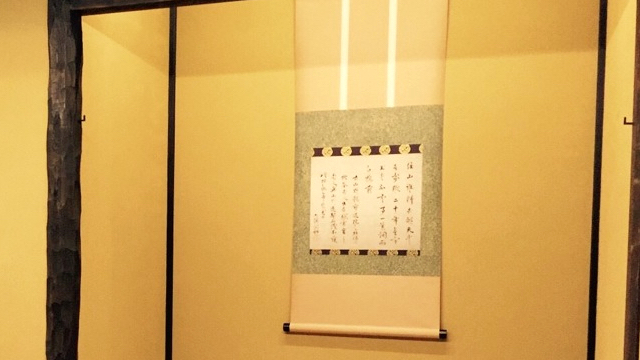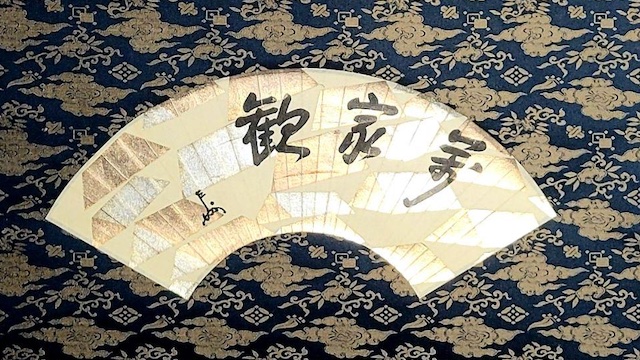
Kohitsu refers to the handwriting of people in the past, especially the handwriting of calligraphers from the Heian period to the Kamakura period, especially the Japanese style calligraphy of Kusakana. The name of the old calligraphy was written by Prince Sonen (1298-1356) in the 1352 "Jubokusho", "The style of the calligraphy can be seen in the old calligraphy. It is said that it is the first time that there is such a thing.
Old writings come in various forms, such as old writing paper, kaishi, colored paper, poetry, and strips of paper. "Kohitsugire" refers to fragments of scrolls, chapters, etc. Most of them are imperial or private collections of waka poems written down by calligraphers. In the Edo period, the collection of poems and scrolls from the Heian and Kamakura periods began to be divided up and made into handbooks, but in general they were not used as hanging scrolls very often, and old writings were cut into hanging scrolls. It is said that from the end of the Meiji period to the Taisho and Showa eras, scrolls and pamphlets of poems were cut into sizes suitable for wide tailoring, and the use of kohikiri in tea ceremonies increased rapidly. . Kohitsukiri includes ``Sumshoan colored paper'', ``Tsugushikishi'', ``Hachiman-giri'', ``Ishiyama-giri'', and ``Koya-giri''.

Schoolmaster's lexical
家元